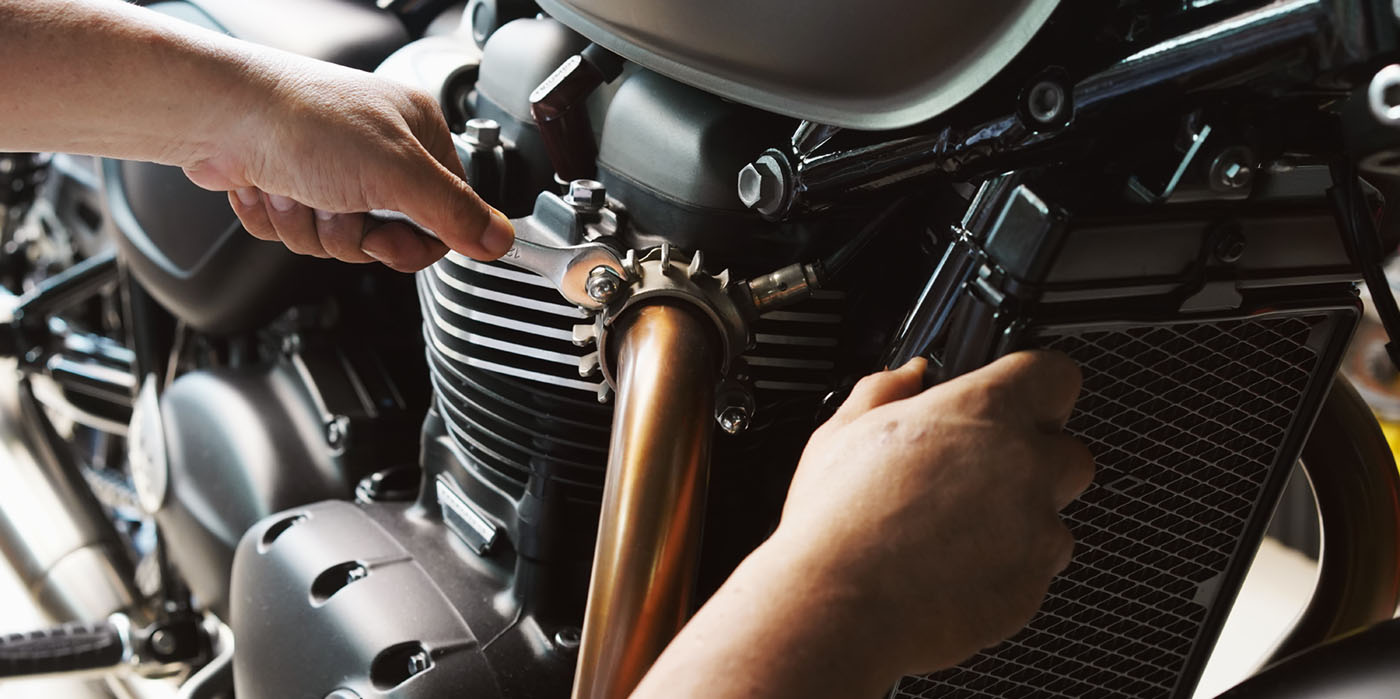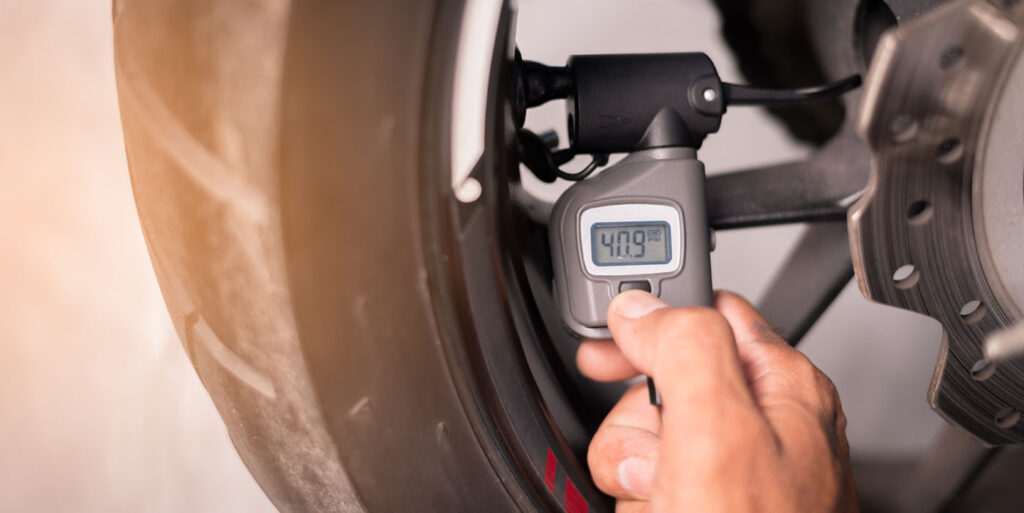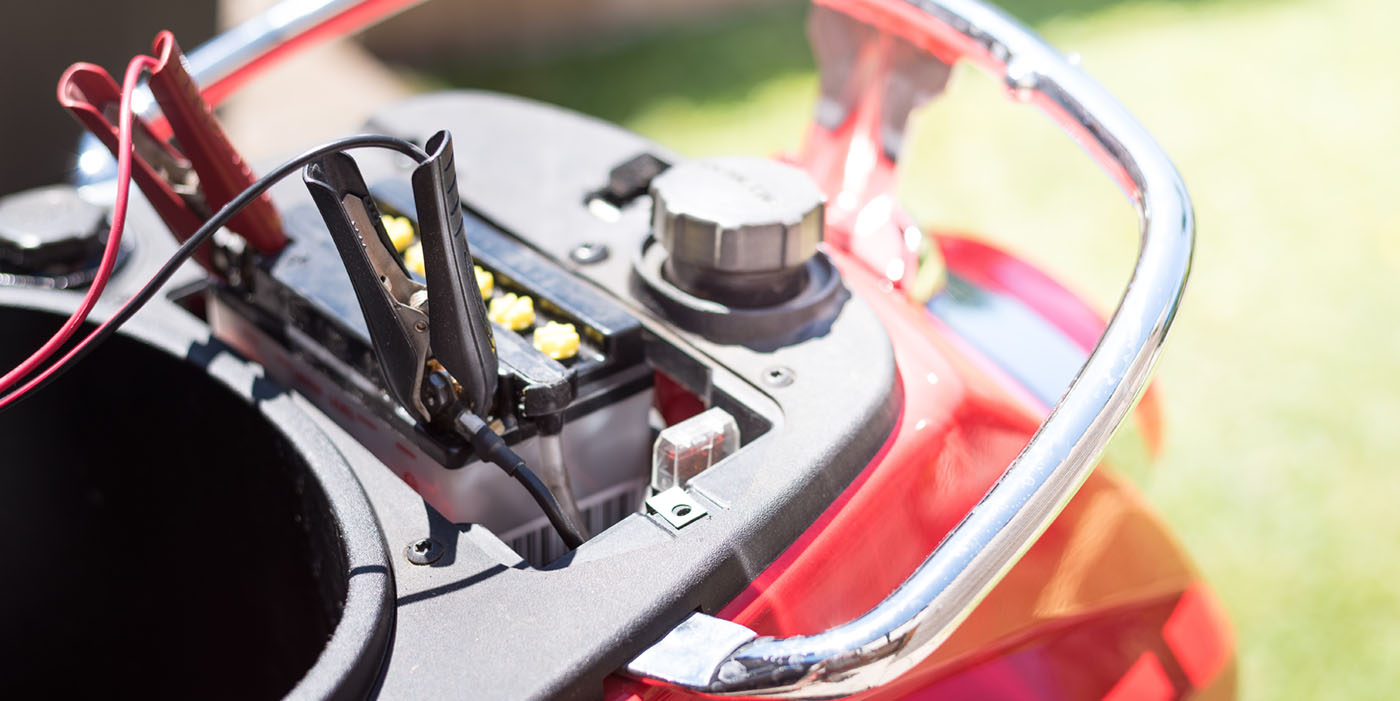As we enter into 2022, we look forward to a new year of unique opportunities, breakthrough technology and — with any luck — an upswing in market. These past two years have been hard for many people. Simply put, the pandemic changed the way a lot of us looked at our jobs, our spending habits and even our definition of “happy.” So, how about we take a look at what we see on the horizon?
Motorcycle Sales
That’s right, we’re kicking off our 2022 predictions with the elephant in the room: motorcycle sales. If 2020 and 2021 have taught us anything, it’s that this is probably the toughest thing to predict. Every time you think you know what’s coming, the world pulls a 180, and your head starts to spin.
So, will people buy more motorcycles this year than they did last year? We’re hoping that the answer is yes, but there are several factors which will have a big influence this year. You probably don’t need us to tell you about the supply chain issues that have affected companies worldwide. These issues bleed into every single industry, affecting consumer goods of all types, sizes and price points. However, we’re going to focus our attention on the semiconductor chip shortage today.
There are reports of some car manufacturers excluding high-end technology from their vehicles. This is because they simply can’t get the control modules they need to power these systems. Or, to be more specific, the control module manufacturers can’t get the semiconductor chips they need to build the control modules. This isn’t some sort of “which came first, the chicken or the egg?” conundrum; the control modules cannot exist without the chips, which are in such short supply. This means that new vehicles may be built without features that we take for granted, such as power seats, navigation systems, Advanced Driver-Assistance Systems (ADAS), digital dashboards — the list goes on and on.
The powersports world is not immune to the effects of the chip shortage. Modern motorcycles are just as dependent upon electronics as modern vehicles. We may see a reversal of that trend over the next year or two if the chip shortage continues.
The other major factor to sales this year will be the labor shortage. This affects every part of the industry as well, whether it’s manufacturing, supply, shipping, sales or repair. As businesses struggle to find and keep skilled workers, they also struggle to move product.
So, where do we stand? We’ve said before that we’re optimistic for growth in 2022, but our crystal ball just doesn’t seem to be as clear as it once was.
Cutting Costs
Unfortunately, we don’t mean that manufacturers or dealers will be “slashing prices.” We’re talking about powersports manufacturers finding creative ways to reduce their operating and manufacturing costs to help them remain profitable. In some ways, that’s a good thing: Reducing costs is what helps companies to “weather the storm” and survive economic turbulence.
However, cutting costs can also have some negative effects, including what we discussed earlier about eliminating certain electronic-heavy systems due to the chip shortage. Or, manufacturers may look to reduce costs by replacing certain metal parts on motorcycles with less expensive plastic ones. In fact, this is already happening to some motorcycles, like the Ducati Monster. Look closely at the engine covers, and you’ll see what we mean.
Technology Surges Forward
Let’s shift our focus to motorcycle trends we see coming or growing in 2022. Despite the chip shortage and its effect on the market, we feel confident that the trend of adding electronic systems to modern motorcycles is here to stay. When the supply of chips finally rises up to meet the demand, we expect to see a heavy surge of electronic systems being added to motorcycles.
We’ve seen an uptick in recent years of motorcycles offered with advanced safety systems. These systems are usually focused on rider safety, but others are of the “creature comfort” variety. Cruise control, traction control, front wheel lift control and anti-lock braking systems (ABS) are becoming much more common.
Tunable rider modes allow riders to adjust features like throttle response, traction control and ABS with the push of a button. More advanced systems like Ducati’s front and rear radar technology control the bikes’ adaptive cruise control (ACC), and blind spot detection (BSD). Ducati also offers advanced systems, such as an intelligent cornering system and semi-active suspension systems by Öhlins, on some of their high-end motorcycles. This system has the ability to automatically adjust compression and rebound damping in response to riding style, based on information received from the inertial platform and other sensors.
Other companies are following this same trend. Yamaha is now fitting cruise control, ABS as well as its state-of-the-art Yamaha six-axis inertial measurement unit (IMU) onto several motorcycles as standard, including the XSR900, MT-09 and MT-10. The IMU system was originally developed for the YZF-R1, but it has evolved into a smaller and lighter unit featuring two sensors that measure three-axis angular velocity and three-axis acceleration, enabling a suite of rider aids including lean sensitive traction control, a slide control system (SCS), a front wheel lift control system (LIF), engine brake management (EBM) and a brake control (BC) system with lean sensitive ABS. The MT-10 SP, the performance variant of the MT-10, is fitted with the Öhlins semi-active suspension system, which allows riders to choose between three semi-active or three manual damping modes.
Yamaha also seems to be opting for full-color TFT displays on its bikes. These newer displays are brighter and easier to read, but the newer rectangular gauges just seem to lack the character the previous round generation had. Compare the gauge on the 2021 XSR900 with the new 2022 model and you’ll see what we mean.
Get Into Gear
When it comes to technology, we’ve barely scratched the surface. Bikes are becoming more and more advanced, and like it or not, it’s attracting a new generation of riders to the world of motorcycles. But there’s one more area where technology is surging, and it’s not something that is installed on the motorcycle. No, we’re talking about smarter riding gear.
In this day and age, we’re more connected than ever, so it stands to reason that riders want to feel that connectivity while riding. This past fall, we saw the unveil of the new Sena Quantum series of helmets with sound by Harman Kardon.
Each product in the Sena Quantum series features Sound By Harman Kardon along with Sena’s industry-leading Mesh Intercom technology. The Quantum series includes upgraded 50S and 50R devices, the long anticipated 4K camera-equipped 50C, plus two brand-new smart motorcycle helmets: the modular Impulse and full-face Stryker, each with unrivaled Sound By Harman Kardon.
These new helmets offer impressive features, including:
- DOT and ECE rating
- Retractable sun visors
- Voice-activated digital assistant access (Siri, Google, etc.)
- Intelligent Noise-Control™, which reduces wind noise (Momentum helmet only)
- Ambient Mode, which allows you to hear your surroundings more clearly without needing to remove your helmet (Momentum helmet only).
Smart helmets and in-helmet communication isn’t new though. Remember the SKULLY smart helmet? Sure, that one never came to fruition, but it did prove that there was a market for smart, connected helmets. I, for one, would buy one if the price was right; my wife and I have Sena SMH-10R headsets in our helmets, and they might be the best gear we’ve ever bought. No more hand signals and frantic horn honking while trying to find a parking spot in the city; we can communicate in real time.
I personally expect smarter, safer gear to continue to gain a footing in the market in the next few years, especially after seeing Dianese’s D-air smart jackets and base layers. D-air smart jackets monitor what’s happening around the motorcycle rider 1,000 times a second and deploy when necessary to provide the rider with maximum protection.
One thing is clear: The future of motorcycles and riding gear looks exciting. We can’t wait to see what’s next.














